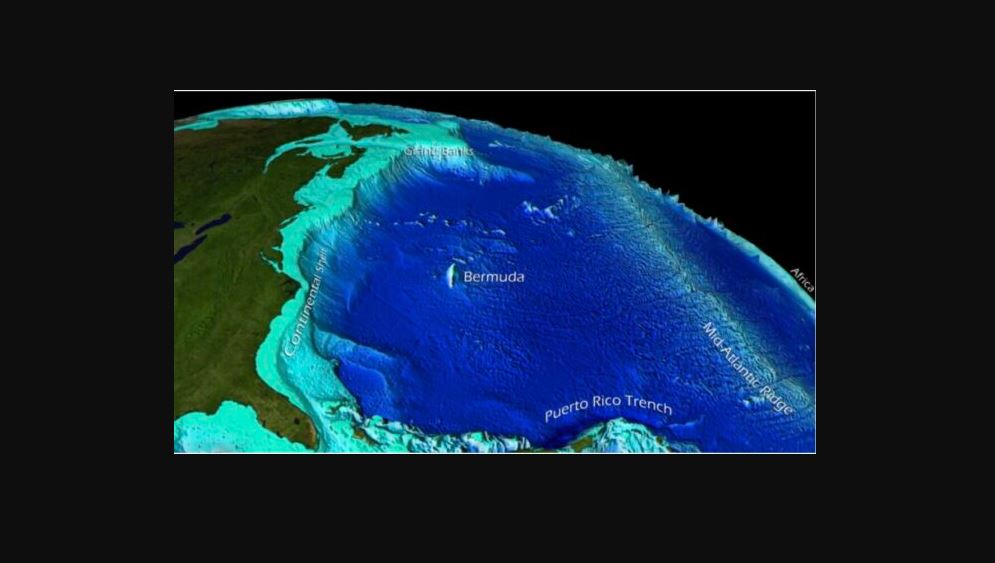Scientists Find Severe Heatwaves At The Bottom Of The Ocean
Scientists find severe heatwaves at the bottom of the ocean. In 2013, the infamous "Blob" marine heatwave caused massive devastation along the Pacific coast of North America, including decimated fisheries and toxic algal blooms.
Author:Paula M. GrahamReviewer:Hajra ShannonMar 21, 20232.7K Shares86.2K Views

Scientists find severe heatwaves at the bottom of the ocean. In 2013, the infamous "Blob" marine heatwave caused massive devastation along the Pacific coast of North America, including decimated fisheries and toxic algal blooms.
While scientists have been investigating marine heatwaves at the surface for over a decade, they have had little understanding of what happens in the depths below. However, a recent study led by the US National Oceanic and Atmospheric Administration (NOAA) has shed light on the effects of "bottom marine heatwaves."
The study focused on continental shelf waters surrounding North America, using data from 1993 to 2019 to produce simulations with a resolution of 8 kilometers. The analysis found that bottom marine heatwaves can be more intense and last longer than surface heatwaves and can occur in tandem with them. Additionally, these events can unfold deep underwater, sometimes without any detectable warming signal above.
According to lead author Dillon Amaya, a climate scientist with NOAA's Physical Science Laboratory:
“„Researchers have been investigating marine heat waves at the sea surface for over a decade now.- Dillon Amaya, a climate scientist with NOAA's Physical Science Laboratory
While some data on ocean temperatures below the surface exist, the researchers behind the study had to extrapolate from surface observations and input that data into computer models to simulate ocean currents. This study marks the first time scientists have been able to "dive deeper" and assess how these extreme events unfold along shallow seafloors.
Bottom marine heatwaves can develop in shallow regions where surface and bottom waters mingle, causing temperature spikes along the seafloor ranging from half a degree Celsius to 5 degrees Celsius. In deeper parts of the continental shelf, these events can develop without any indication of warming at the surface. This can cause problems for fisheries managers as the impacts of bottom marine heatwaves may not be realized until the effects start to show.
These events have been linked to the march of invasive lionfish into new coastal areas along the southeastern United States and the near-collapse of million-dollar lobster fisheries. The researchers stress the importance of maintaining long-term ocean monitoring systems to better understand the impacts of bottom marine heatwaves and developing new observational capabilities to alert marine resource managers to bottom warming conditions.
According to NOAA oceanographer Michael Jacox, who co-authored the study:
“„It's clear that we need to pay closer attention to the ocean bottom, where some of the most valuable species live and can experience heat waves quite different from those on the surface.- NOAA oceanographer Michael Jacox, who co-authored the study
The study underscores the need to pay closer attention to the ocean bottom, where some of the most valuable species live and can experience heatwaves quite different from those on the surface. With Earth's oceans having now absorbed about 90% of the excess heat from global warming, marine heatwaves like the Blob are 20 times more likely to happen.
Conclusion
To halt global heating, we must end our reliance on fossil fuels and draw down carbon from the atmosphere to bring back ecosystems on the brink. The oceans can only absorb so much of our heat.
Jump to

Paula M. Graham
Author

Hajra Shannon
Reviewer
Latest Articles
Popular Articles